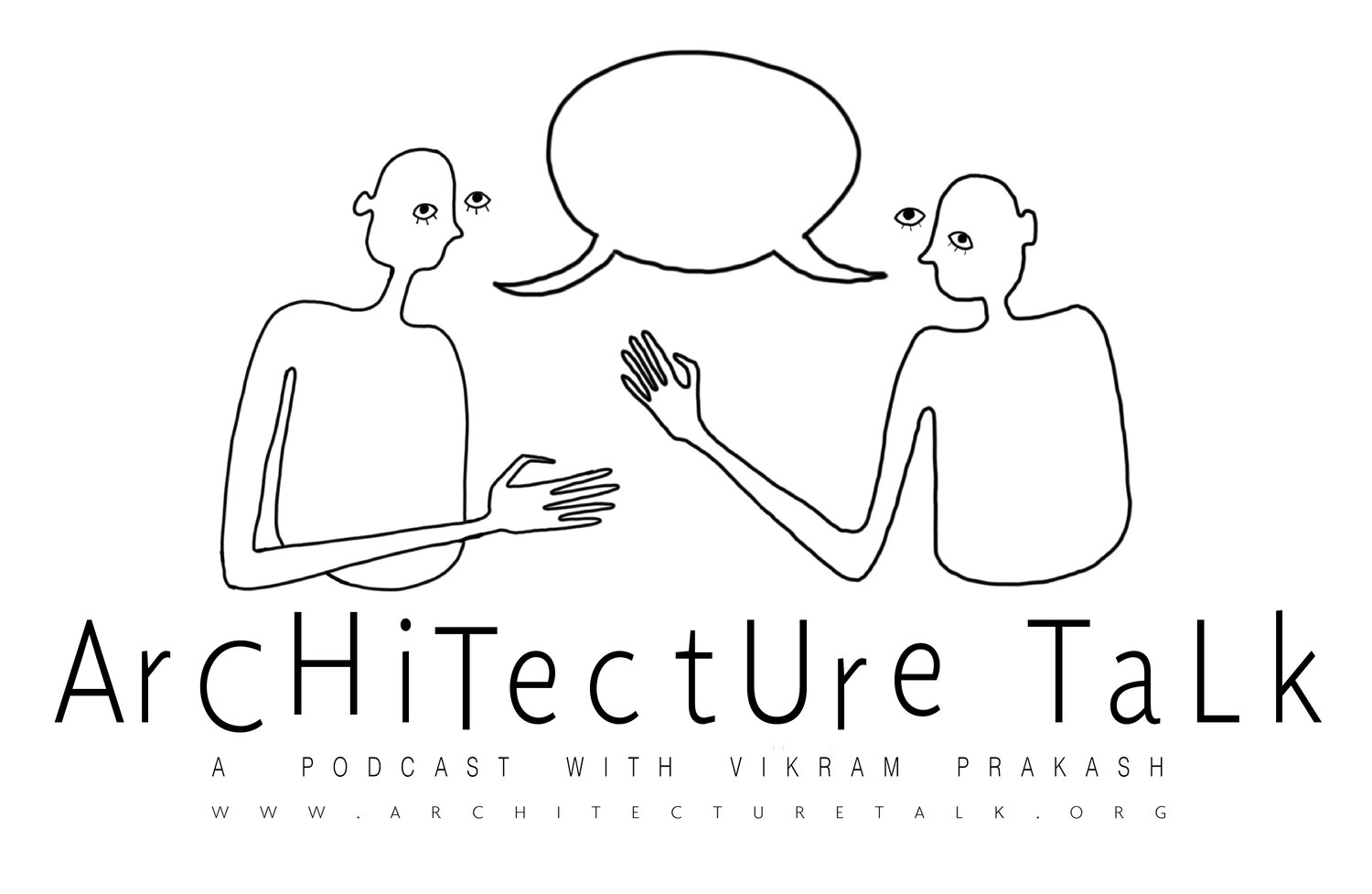99. Unfolding Moods and the Romance of the Monsoon with Dipti Khera
Original Drawing by Tori Haynes
“Bhava can be translated as feeling, emotion, leading to a certain aesthetic experience or rasa, leading to a sustained mood that is central to experiencing a certain bhava...it can be fleeting, it can be immersive, it can be impelled over time and in some ways I get into these various aspects of immersion and temporality in a kind of layered nature…”
Dipti Khera
How do moods and cultural objects work in the construction of history, politics, place? In this episode, Dipti Khera joins us to discuss her newly published book The Place of Many Moods: Udaipur’s Painted Lands and India’s Eighteenth Century, which deconstructs the affects of the painted letters traditions of Northwest India on the construction of place.
Timestamp Outline
2:00 Introducing Dipti Khera, Ph.D. Professor Of Art History at N.Y.U. and newly published book The Place of Many Moods: Udaipur’s Painted Lands and India’s Eighteenth Century
3:15 bhava (sanksrit: भव).
4:20 “Tell us about bhava…” VP
5:30 “Bhava can be translated as feeling, emotion, leading to a certain aesthetic experience or rasa, leading to a sustained mood that is central to experiencing a certain bhava...it can be fleeting, it can be immersive, it can be impelled over time and in some ways I get into these various aspects of immersion and temporality in a kind of layered nature…” DK
6:30 “unravelling... was a methodological imperative that emerged from the material…” DK
8:50 “The starting point was very evident...I start at this point of enchantment by the theme of the depiction of places...I was dissatisfied by the way the conversation [about these objects] was starting and ending with identifying what was depicted and whether it was a mimetically correct depiction of a place or not and how is it in service of portraiture…” DK
10:10 invitation letters
12:46 This painted letter is the first instance that Dipti Khera has found that makes a claim about the mood of a place.
13:00 “Its a meta-object thats bringing spaces, cities, people, mood of a place together...its bringing that conceptual work to bear for us.” DK
17:00 “How do objects work...they are expected to bring some results…and change the political and economic space of the bazaar in the city in a very tangible way...” DK
18:55 discussion on the temporality of mood as you unfurl a painted letter
22:40 “What is the relationship between the actual thing and its representation?” VP
23:49 “How do you translate map into mood?” VP
27:00 “…play between realization and idealization” DK
28:20 Jaipur
39:00 “What is the connection between Jainism and these painted letters?” VP
39:25 “They are very intrinsically tied to the religious calendar and to the space of the bazaar and the spaces of the temples and the associated monasteries. These were mostly sent by a particular sect within Jainism. And they were tied to the idea that sending this letter was about performing certain pious deeds which would entreat towards a certain karma in the future.” DK
40:41 “Its tied to the mobility of seasons, as well...and the monsoon being the time when people would settle...so the eminent monks who were extremely mobile...so inviting them during the beginning of the monsoon season would allow them to settle for three to four months at a time.” DK
42:58 discussion of mobility and livelihood
44:00 durbar
45:24 discussion of borders and frontiers as depicted in the painted letters.
48:22 “Bringing the monks in as a form of city-building…” VP
49:09 Discussion of the passion and romance of the monsoons
53:11 “The monsoon is a very established mood in India culture...it is the best time for love-making...that is what we do in the monsoon...we get drenched together.” DK
1:00:04 discussion of relationship to rain







